Market Analysis
In-depth Analysis of Air Cargo Security Screening Market Industry Landscape
The market dynamics of the air cargo security screening market are shaped by a myriad of factors influencing supply, demand, and competition within the industry. At the core of these dynamics lie the imperatives of safety and security in global air transportation, with governments and industry stakeholders continuously striving to enhance screening capabilities to mitigate risks posed by potential threats.
One significant driver of market dynamics is regulatory requirements. Governments worldwide impose stringent regulations mandating comprehensive screening procedures for air cargo to safeguard against terrorism, smuggling, and other security threats. These regulations often evolve in response to emerging risks and technological advancements, compelling market players to continuously innovate to meet compliance standards. Consequently, the demand for advanced screening technologies and services remains robust, driving market growth.
Technological advancements play a pivotal role in shaping market dynamics. Innovations in screening technologies, such as X-ray systems, explosive trace detection (ETD), and advanced imaging technologies, enable more efficient and effective cargo screening while minimizing disruptions to supply chains. Market participants invest heavily in research and development to stay ahead of emerging threats and gain a competitive edge, driving technological innovation and market expansion.
Moreover, the global logistics landscape and trade patterns influence the demand for air cargo security screening services. As international trade continues to grow, fueled by globalization and e-commerce, the volume of air cargo traffic surges, necessitating enhanced security measures. Market dynamics are further influenced by economic factors, geopolitical tensions, and global events that impact trade flows and security risk perceptions, driving fluctuations in demand for security screening services.
Competition among market players also shapes market dynamics. The air cargo security screening market comprises a mix of manufacturers, service providers, and technology integrators vying for market share. Intense competition fosters innovation and price competitiveness, compelling companies to differentiate their offerings through superior technology, service quality, and global reach. Strategic partnerships, mergers, and acquisitions are common strategies employed by market players to strengthen their market position and expand their product portfolios.
Furthermore, sustainability considerations are increasingly influencing market dynamics. With growing awareness of environmental issues, stakeholders in the air cargo industry are under pressure to adopt eco-friendly practices and technologies. This trend drives innovation in energy-efficient screening technologies and sustainable operational practices, influencing purchasing decisions and market trends.
However, challenges exist alongside opportunities in the air cargo security screening market. High initial investment costs, regulatory complexities, and interoperability issues pose barriers to market entry and expansion. Additionally, the evolving nature of security threats requires continuous adaptation and investment in research and development, adding to operational costs and technological challenges for market participants.

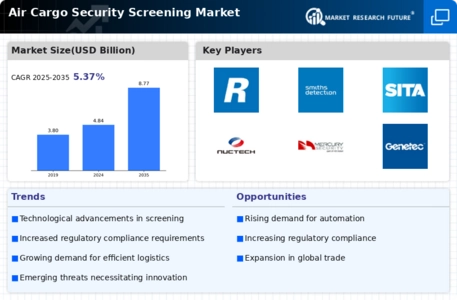
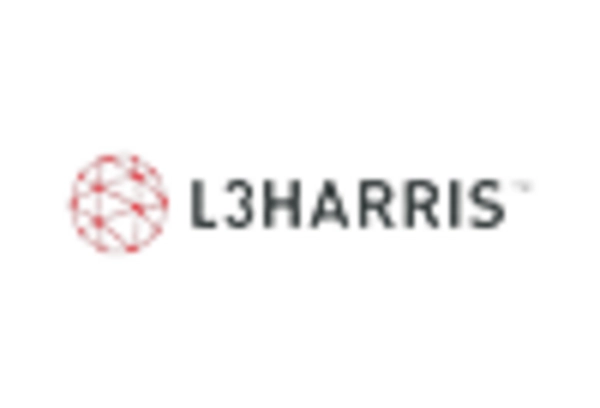
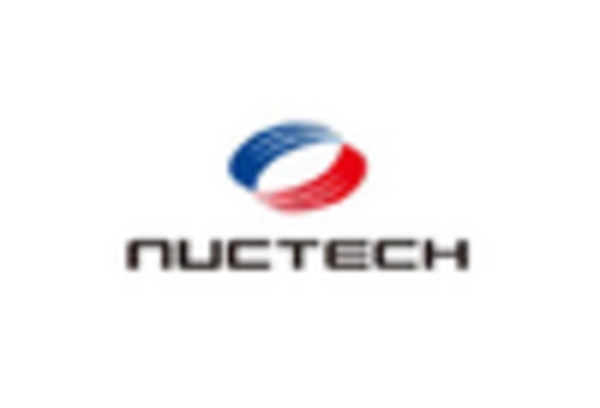
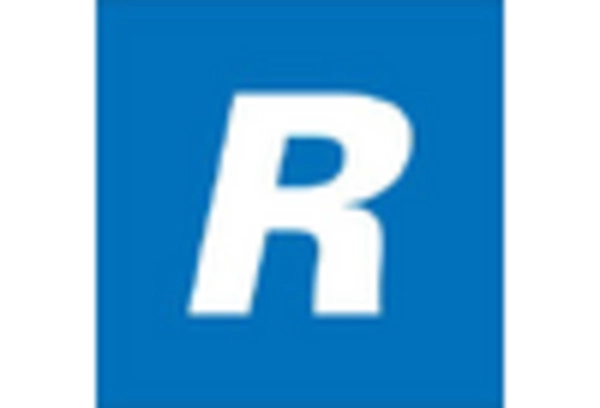
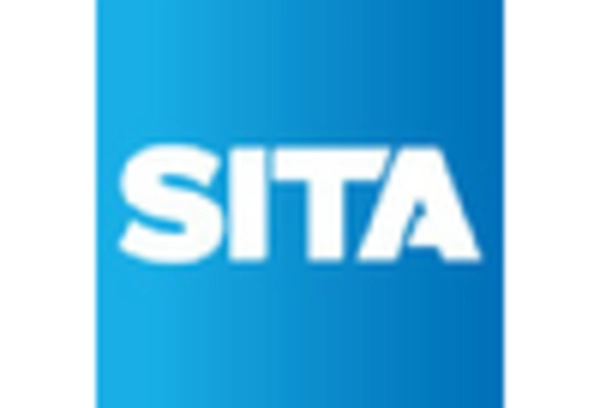
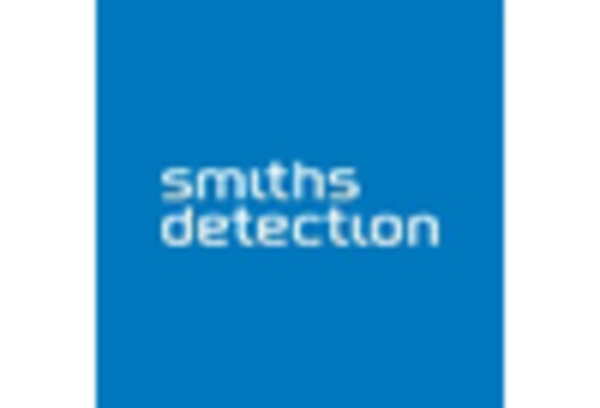
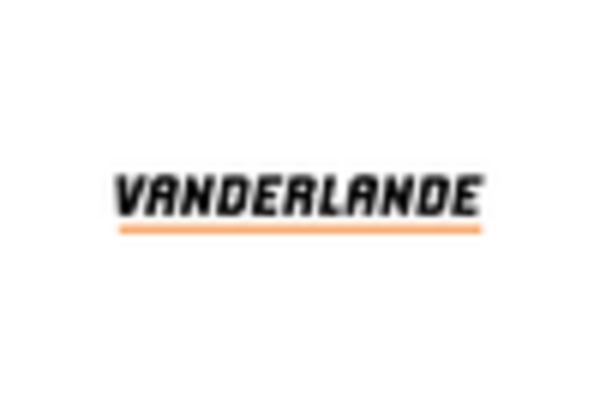









Leave a Comment